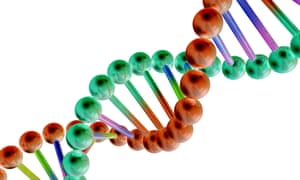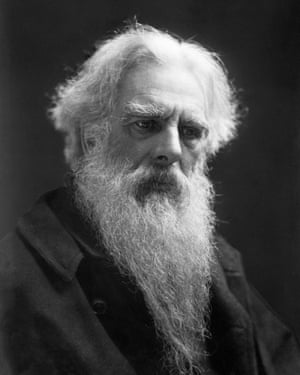
is groundbreaking photos showed life in motion, from cantering bison to leapfrogging boys, and settled an argument that had long divided trainers and riders: do all four hooves of a racehorse ever leave the floor at once?
Now, more than a century later, the stills and animations of Eadweard Muybridge, the eccentric Englishman and father of the motion picture, have had a modern makeover. Where Muybridge captured his pictures on photographic plates, Harvard scientists have set them in DNA.
There is more to the feat than showing off. If cells can be made to store information, the applications are vast. Microbes could be turned into living sentinels to monitor environmental pollution. Meanwhile, neurons could be programmed to record how the brain develops in a living animal.
“We encoded images and a movie into DNA in a living cell which is fun, but it’s not really the point of the system,” said Seth Shipman, a geneticist at Harvard Medical School. “What we’re trying to develop is a molecular recorder that can sit inside living cells and collect data over time.”
To build the prototype molecular recorder, the Harvard team hacked the immune defences that protect bacteria from invading viruses. When a bacterium is breached by an intruding virus, it releases enzymes to chop up the virus’s genetic code. To make sure it is prepared for future attacks, the bacterium remembers the invader by adding a chunk of the virus’s genetic code to its own genome. Over time, the bacterium’s genome expands, like bits of food stuck on a kebab skewer, to incorporate more and more chunks of DNA from viral intruders.

Shipman and his colleagues created strands of synthetic DNA in the lab that encoded in the letters G, T, C and A, the positions and shades of pixels found in an image of a hand and five pictures of a galloping horse taken by Muybridge in the 1880s. The scientists then fed the strands of DNA to E. coli bacteria. The bugs treated the strips of DNA like invading viruses and dutifully added them to their own genomes.
The researchers left the bugs in a dish for a week during which time they grew and divided into new bacterial cells. Shipman then collected some of the bacteria and read out their genomes. He found that the synthetic strands of DNA, which carried all the information needed to reconstruct either the hand image or the pictures of the galloping horse, had been spliced into the bugs’ genetic code.
“We delivered the material that encoded the horse images one frame at a time,” Shipman said. “Then, when we sequence the bacteria, we looked at where the frames were in the genome. That told us the order in which the frames should then appear.” Even though the bugs had grown and divided over the week, they had retained the synthetic strands of DNA which Shipman used to reconstruct the images with 90% accuracy.
“What this shows us is that we can get the information in, we can get the information out, and we can understand how the timing works too,” he said. Details of the work are reported in Nature.
Muybridge pioneered motion pictures with help from a contraption called the zoopraxiscope which projected sequences of images held on spinning glass discs. He dedicated much of his life to unveiling the beauty of animals in motion, even through the disruption of 1874 when he tracked down his younger wife’s lover, shot him point black, and was acquitted on the grounds of justifiable homicide, despite the jury having dismissed his plea of insanity brought on by a head injury suffered in a stagecoach crash in Texas 14 years earlier.

Eadweard by name and weird by nature, Muybridge was born Edward Muggeridge in Kingston upon Thames in 1830, but adopted what he believed to be the original AngloSaxon form of his name. His work on horses, including the images of the mare, Annie G, which Shipman stored in bacteria, was commissioned by Leland Stanford, a businessman, racehorse-owner and former governor of California, to settle a longstanding debate over whether a racehorse ever lifted all four hooves off the ground at once. In other work, Muybridge captured the precise motion of a nude woman turning around in surprise and another hopping on the spot.
While bacteria might not be great for storing data for thousands of years, the bugs could work well when information only has to be kept for days, weeks or months, Shipman said. Because bacteria thrive happily in the environment, the bugs could be spread on soil where they could keep a running record of heavy metals and other pollutants.
But that is only one potential use. Living cells could also be made to record what happens inside them or in the tissues and fluids that surround them. A neuroscientist by training, Shipman said that scientists have long struggled to understand brain development because it is hard to make measurements without interfering with the process. “If we had cells that recorded information inside the brain, the whole organ could develop and you could go in and retrieve the data once it’s all done,” he said.
[Source”timesofindia”]









